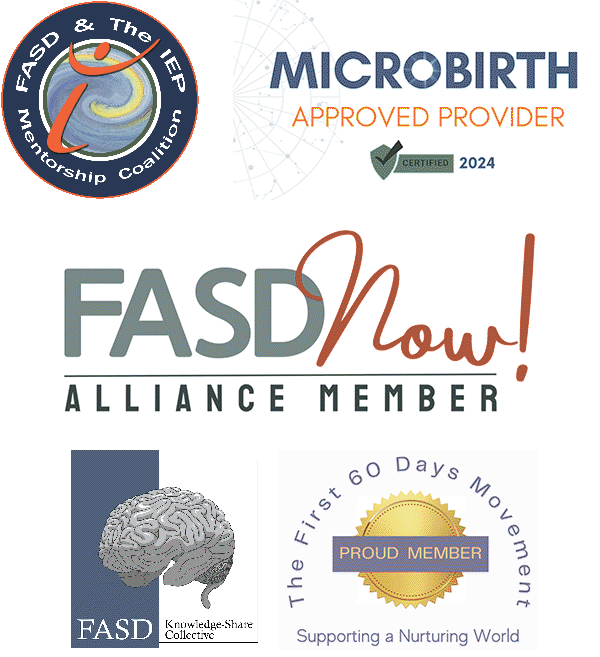Three Strategies for Strengthening Inclusion in Schools
When general education teachers feel overwhelmed and unprepared to support students with Individualized Education Programs (IEPs), the benefits of inclusion can be significantly undermined. To truly embrace inclusion, we must think beyond the logistics of classroom placement and actively cultivate a learning environment where the diverse needs of all learners are acknowledged, affirmed, and celebrated as essential to the vitality and health of our schools.

